Major Differences Between Classic and Next Generation Throttle Quadrants
/There is little mistaking the tell-tale white-coloured handles and skirts of the Next Generation Throttle
The advent of high quality reproduction parts that marry with advanced avionics suites, such as ProSim-AR and Sim Avionics, has led many flight simulator enthusiasts to strive closer to Microsoft’s claim ‘as real as it gets’.
The availability of OEM parts formally used in classic airframes has never been greater, and many enthusiasts are purchasing various parts and converting them to flight simulator use.
The ‘holy grail’ of conversion has always been the Boeing throttle unit, and depending upon individual requirements, many older style throttle units have been retrofitted to appear very similar, if not near-identical, to their Next Generation counterparts.
This article will compare and contrast the major differences between the Boeing 737 classic throttle and the Next Generation throttle. The word classic is usually used to refer to airframes belonging to the 200, 300, 400 and 500 series. The Next Generation (NG) refers to the Boeing 600, 700, 800 and 900 series.
Boeing 727-100 throttle quadrant. Although there are obvious differences in that the 727 has three engines, the overall design and appearance of the quadrant is very similar to its modern counterpart. Image copyright to Keven Walchle
Historical Context
The throttle quadrant observed in a modern airliner has relatively old roots.
The fore bearer of the Next Generation throttle was designed in the late 50's and early 60's and was initially used in the Boeing 707 airframe. As aircraft types evolved, throttle design remained relatively static with similar-designed throttles being used in the Boeing 727, 717 and 737 series aircraft.
The B737-100 made its debut in April 1968, to be followed shortly by the 200 series with a slightly longer fuselage. During the 1980’s Boeing released the classic series of airframes (300 through to 500 series).
During this time, the technology altered little and the design of the throttle quadrant reflected the ability of Boeing to reuse existing technology with minimal alterations. This principle of reuse can save a company millions of dollars in redesign and development costs.
This Goes With That (Compare and Contrast)
The Boeing 737-800 Next Generation is the airframe that many enthusiasts strive to duplicate in a flight simulator. The reason for this two-fold. First, the Next Generation is the most umbilicus aircraft flown today, and second, the availability of software that mimics the avionics suite in this aircraft.
However, Next Generation parts are difficult to find, and when found are expensive to procure. Fortunately for the simulation community, a throttle will function correctly in flight simulator no matter what airframe the throttle originated.
Many of the nuances between a classic and Next Generation throttle quadrant are subtle, and for the most part only the more knowledgeable will notice.
The more obvious highlights of the Next Generation are the white-coloured thrust lever shrouds, TOGA button assembly, détentes flaps arc, speedbrake lever knob, and the moulded white-coloured side panels and panniers of the lower part of the throttle unit. Whilst it's possible to alter many of the attributes of a classic throttle to conform with those of an Next Generation, not every part can be easily transformed. For example, the flaps détentes arc between the classic and Next Generation is very different in design and appearance, and cannot be altered.
TABLE 1: Overview to the main visual differences between the classic and Next Generation throttle quadrants (courtesy Karl Penrose who kindly allowed the use of photographs taken of his 600 series throttle). Note that there may be other subtle differences, some visual and others in design/operation.
The table doesn't address the center pedestal as pedestals vary greatly between airframes.
Retrofit refers to the level of difficulty it is to make the classic throttle appear similar to the Next Generation. Yes meaning it is possible and no, for the most part, meaning it is not possible.
TABLE 1: an overview to the main visual differences between the classic and Next Generation throttle quadrants
1Erratum: The trim wheels on the Next Generation are slightly smaller in circumference to those of the Classic series.
2 The words 'level of difficulty' is subjective; it depends on numerous factors such as experience and knowledge – neither of which is identical between individuals.
Important Point:
By far the most challenging hurdle during a Next Generation refit is the the alteration of the throttle lever shrouds and the TOGA button assembly.
Final Call
The differences between a classic and Next Generation throttles are largely cosmetic with some subtle design and operational differences. Retrofitting a classic throttle to appear similar to a Next Generation throttle is possible. However, there will be some things that probably won't be altered, such as the speedbrake lever handle, stab trim indicator tabs, side mouldings, panniers and flap détentes arc.
This said, the ability to use an OEM throttle, no matter from which airframe, far supersedes any reproduction unit on the market. OEM throttles are sturdy, robust and well-built. Unless you do something particularly foolish, you won't damage an OEM throttle.
BELOW: Two image galleries showing the various differences between the classic and Next Generation throttle quadrants. Thanks to Karl Penrose who kindly allowed the use of photographs taken of his 600 series throttle. To stop the slideshow, click the image and navigate by the numbered squares beneath the image.
Boeing 737 Classic Series Throttle Quadrant
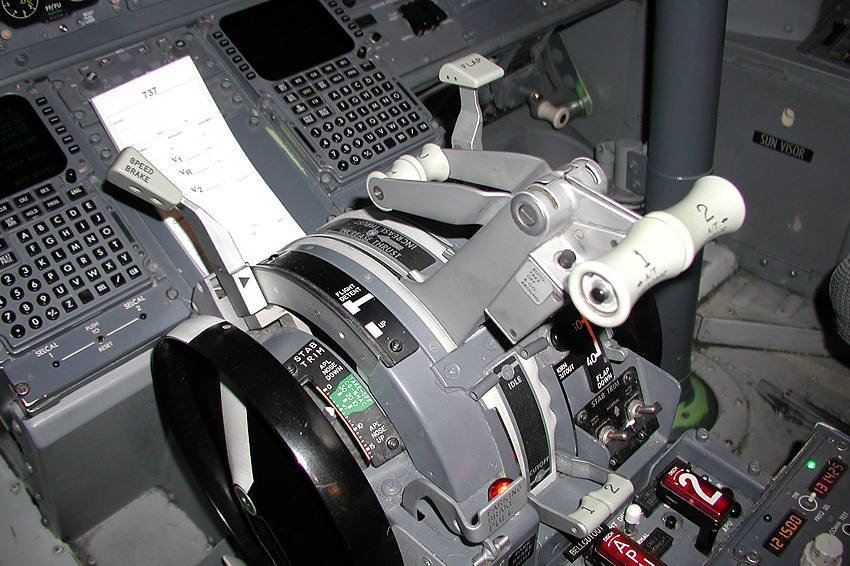
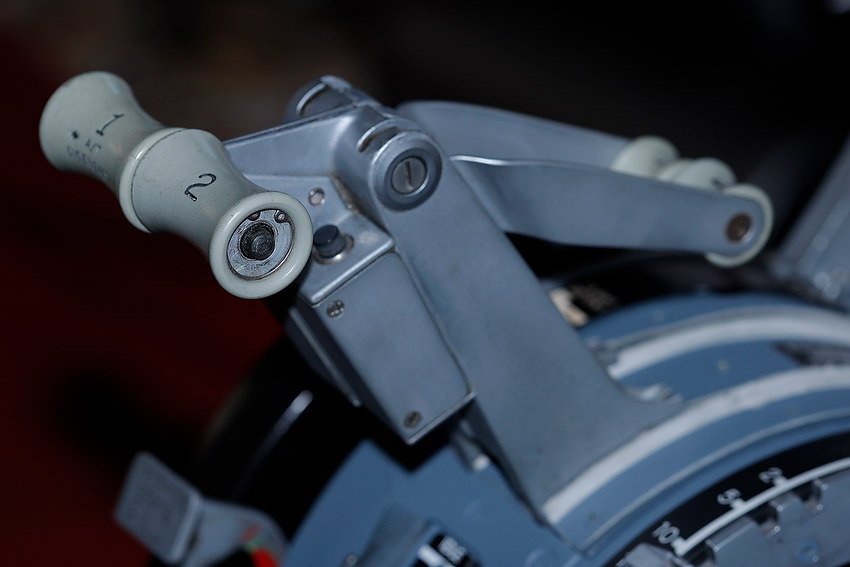
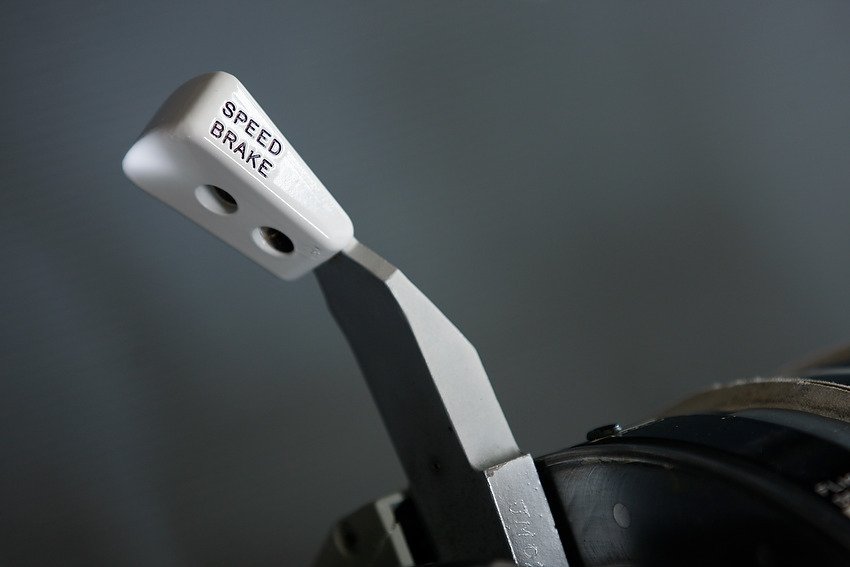
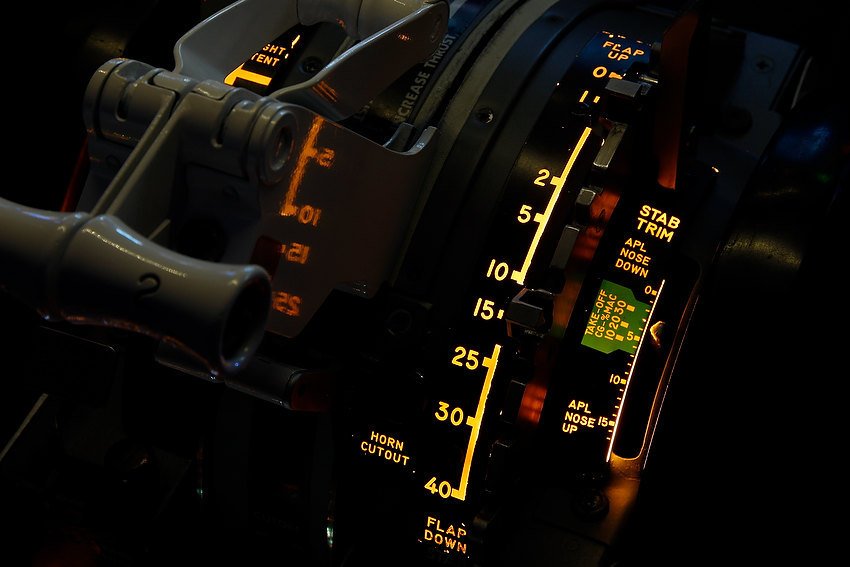

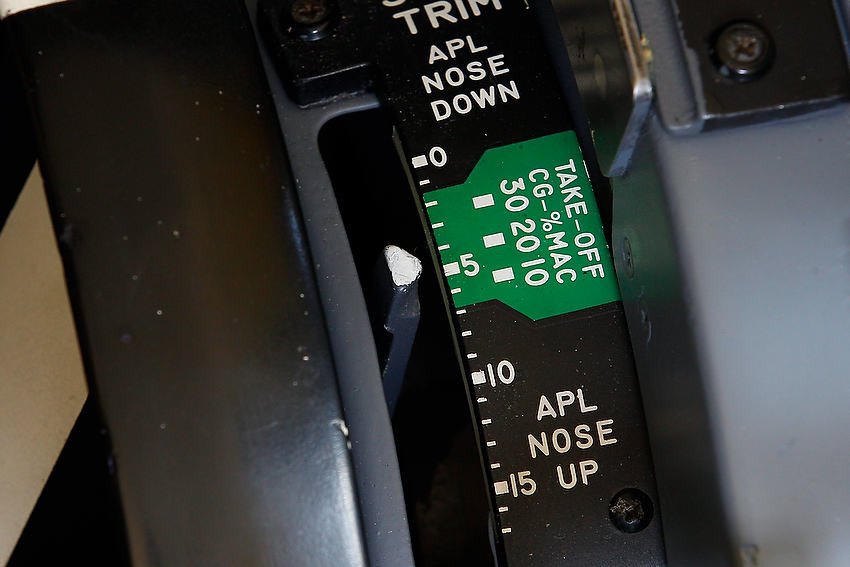
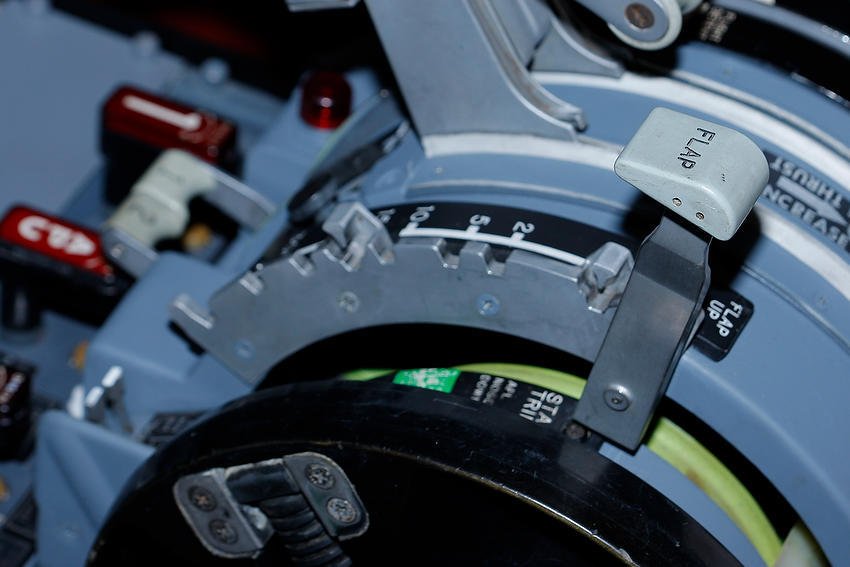
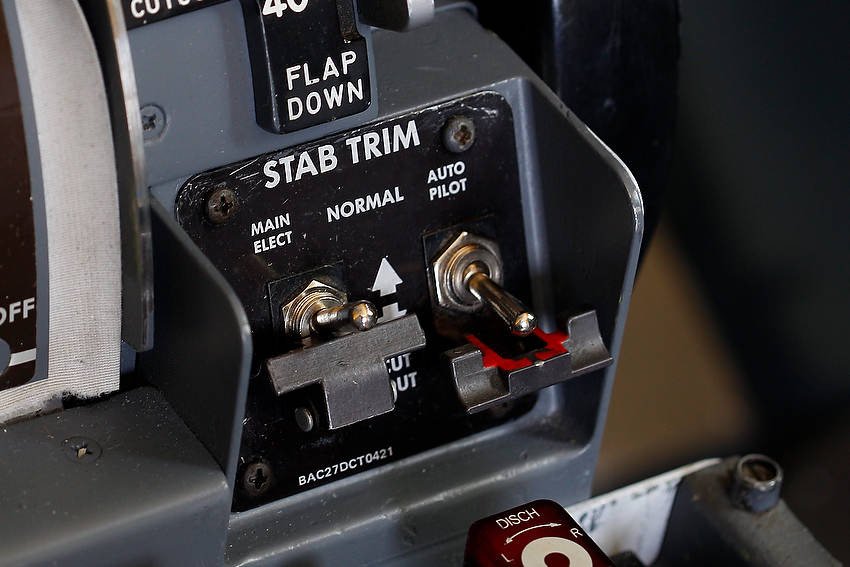

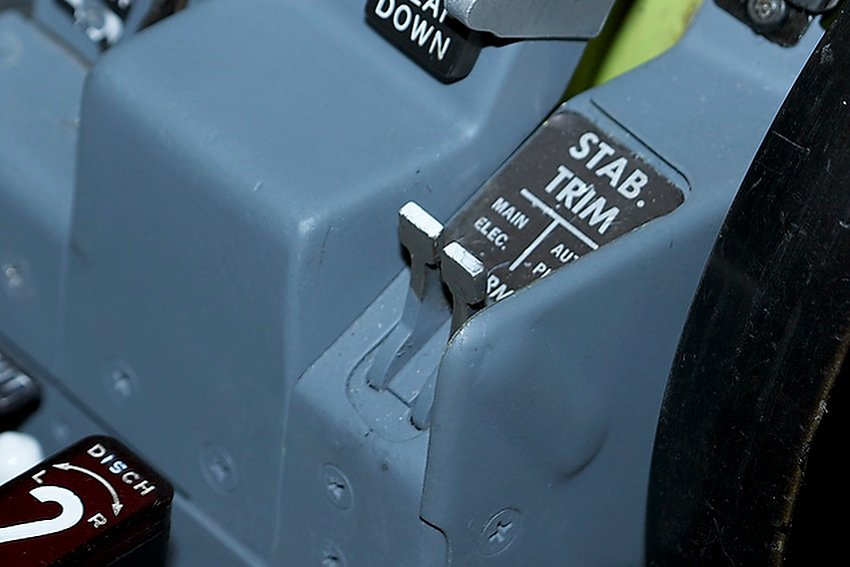
Boeing 737 Next Generation Series Throttle Quadrant
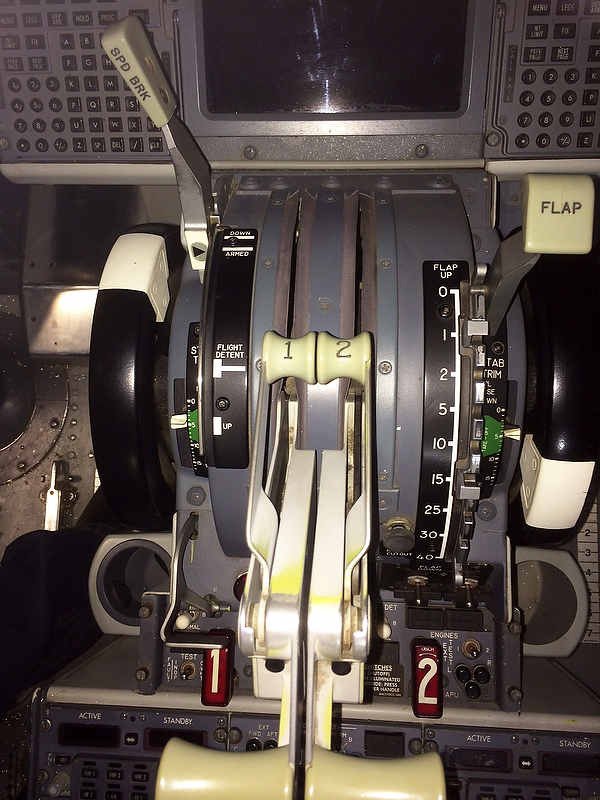

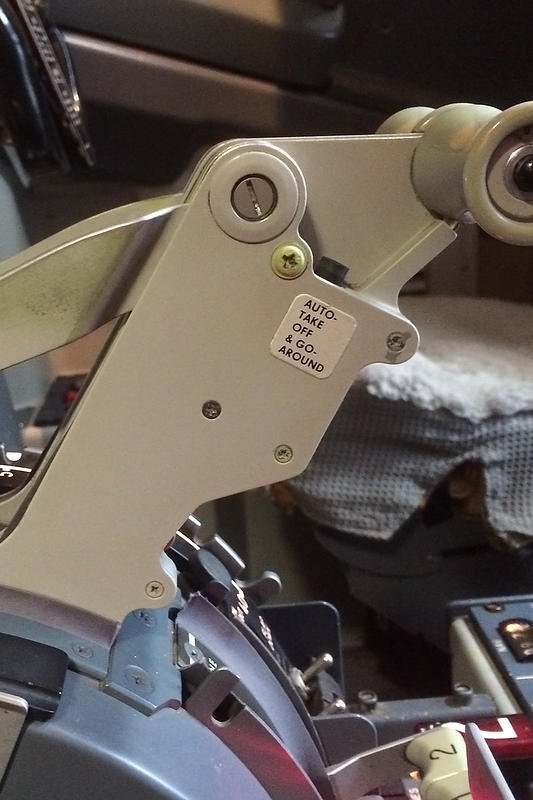
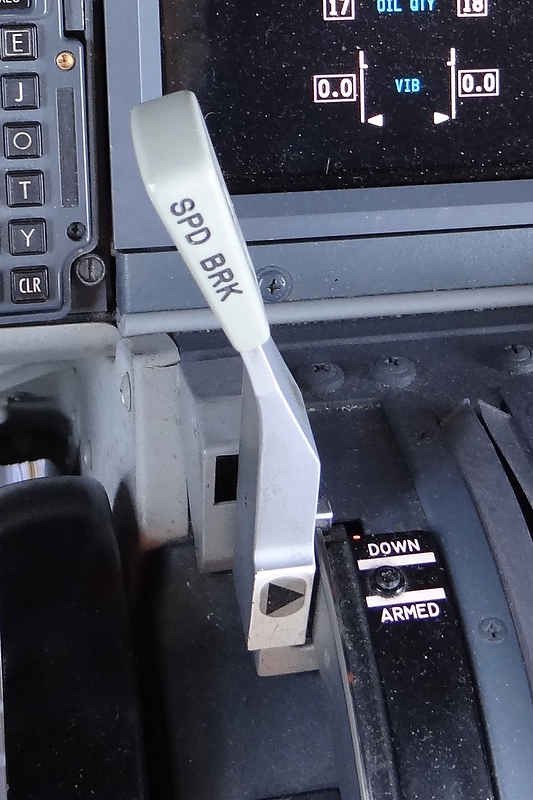
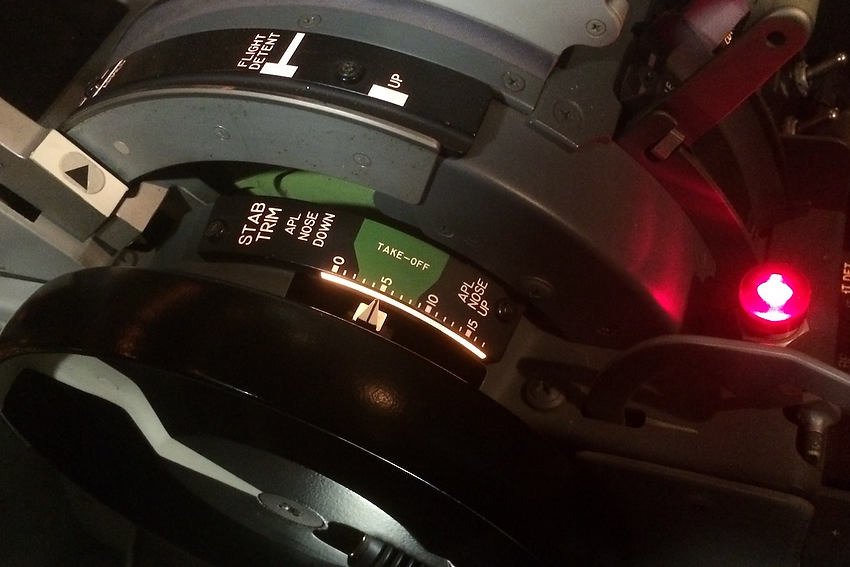
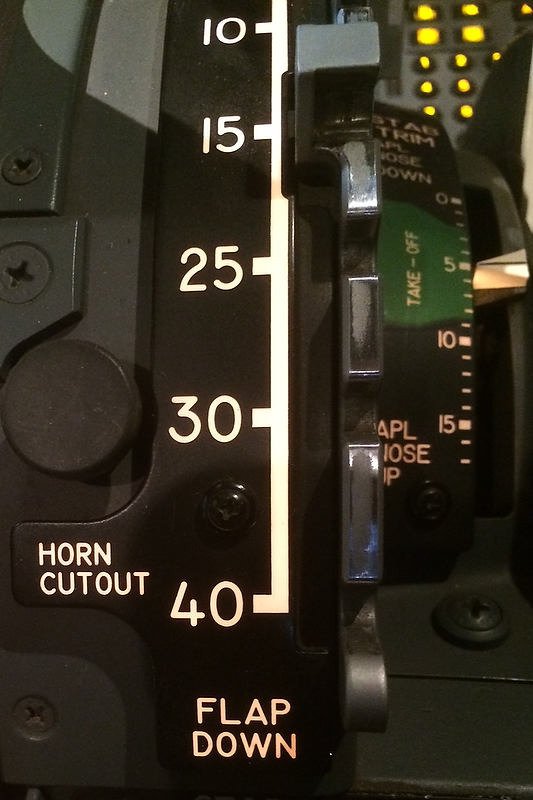
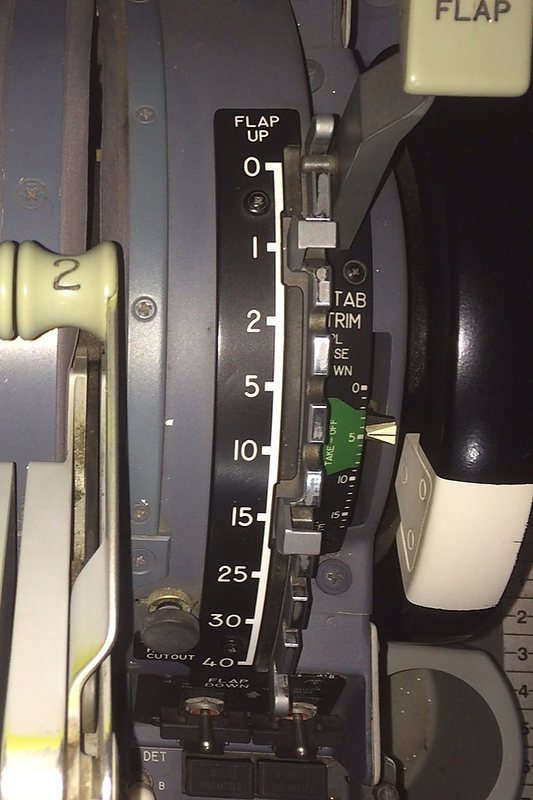
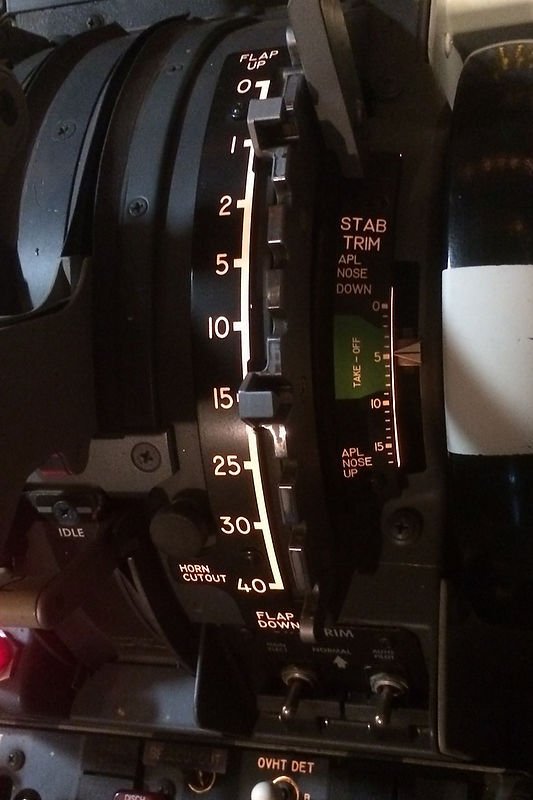
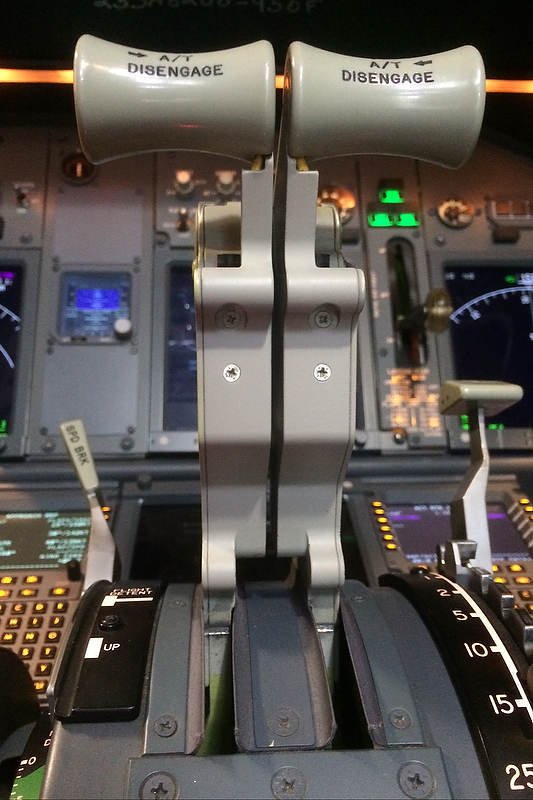
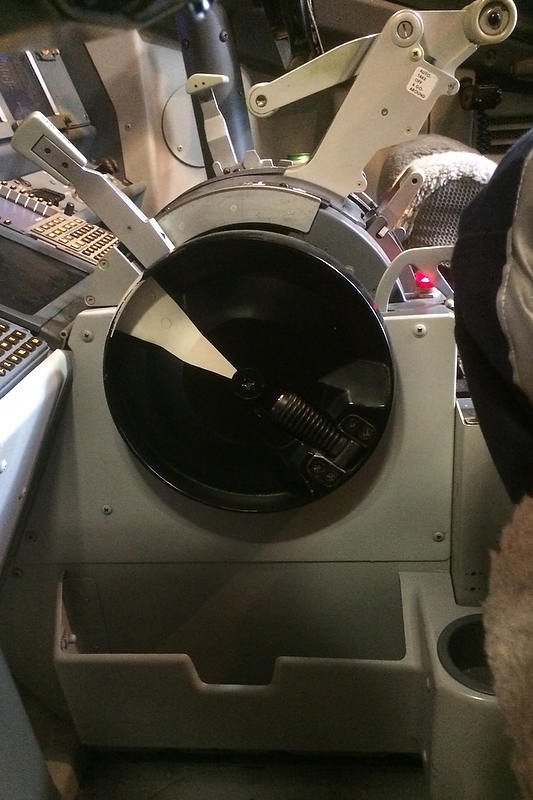
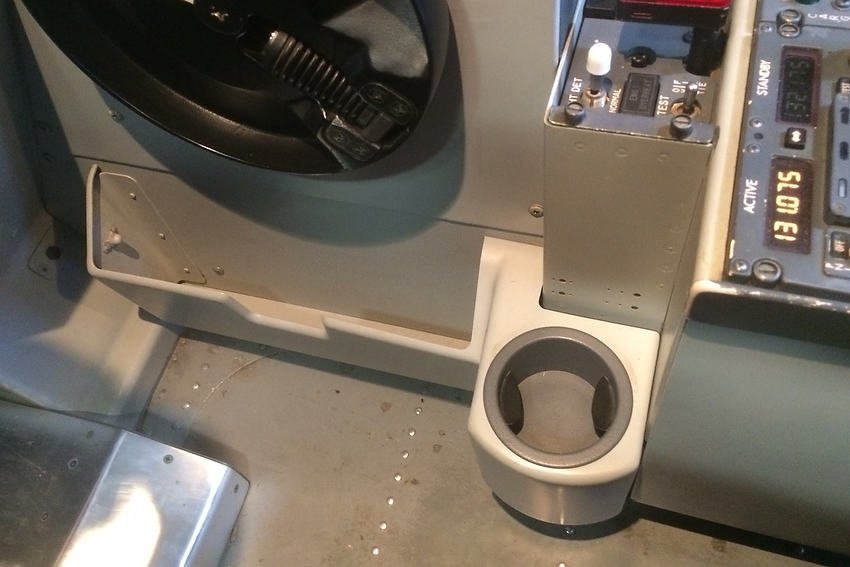
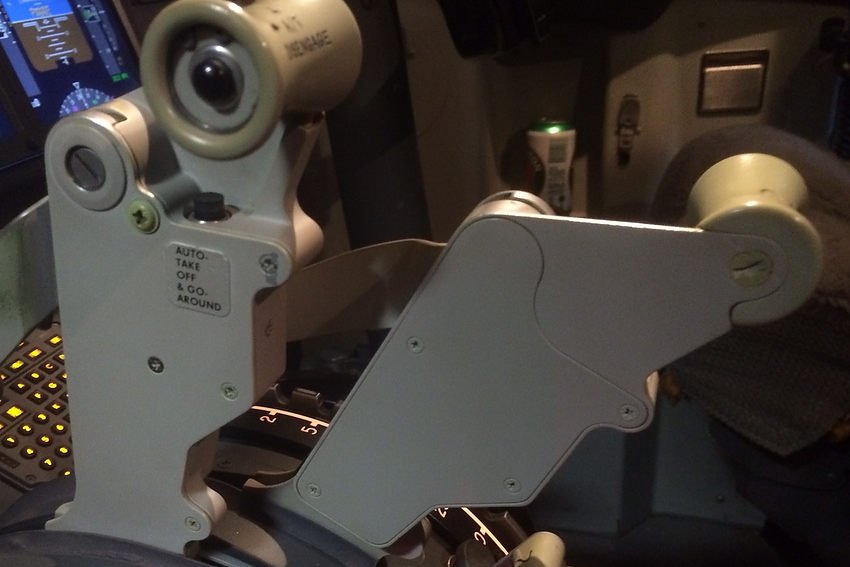

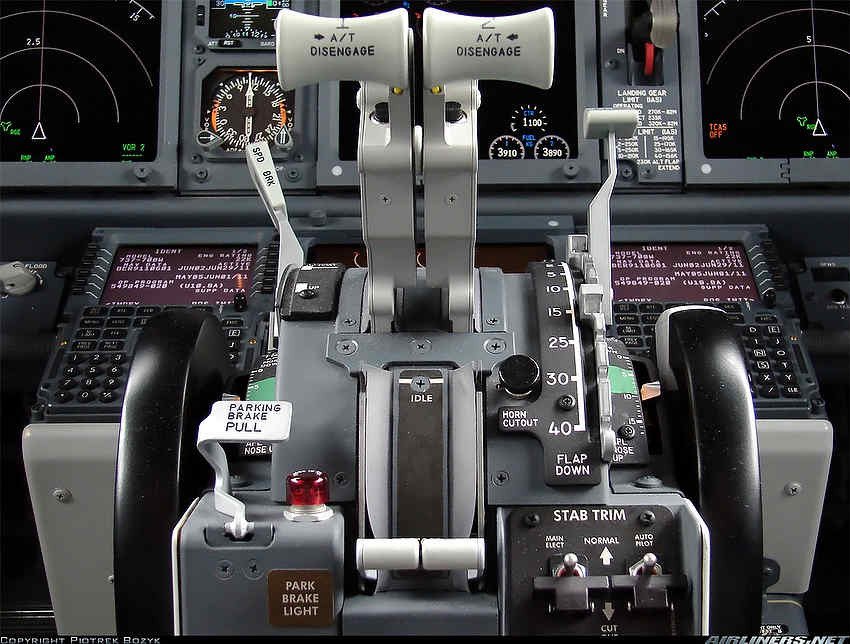
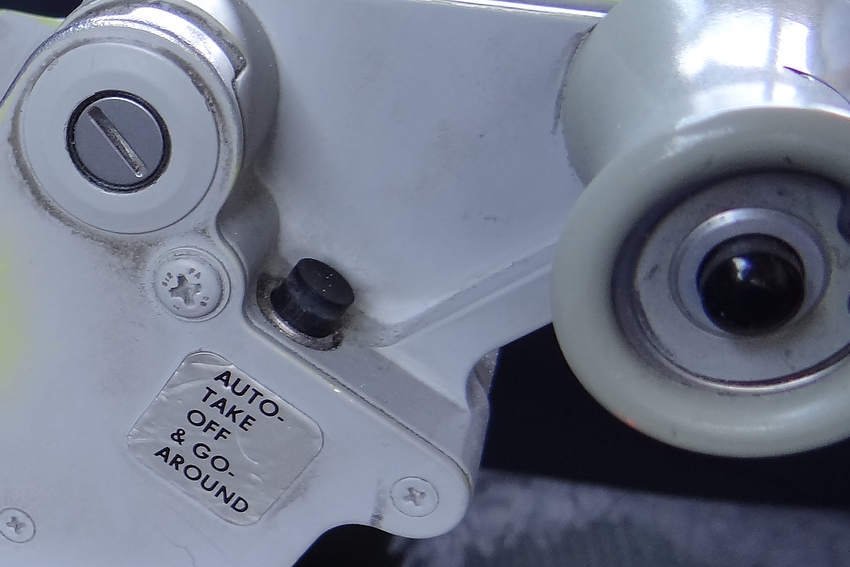
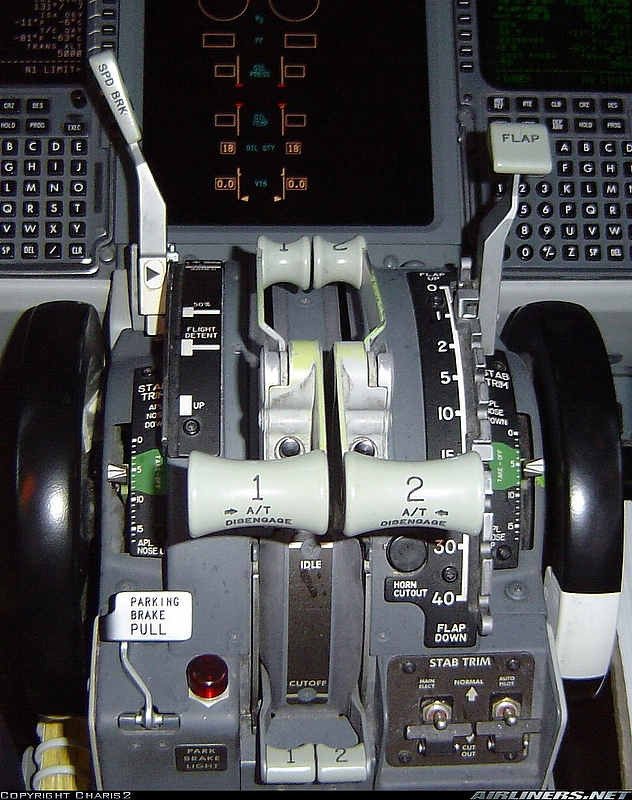
Updated 21 June 2020.











































